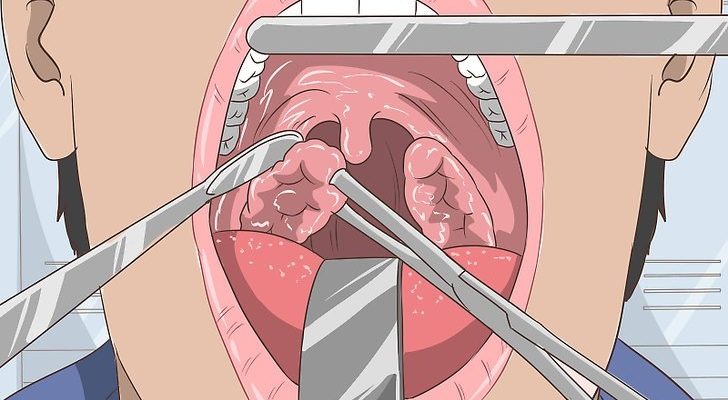
Why tonsillectomy can be deadly
1
A new study has helped answer the question of why routine tonsillectomy in children, it sometimes ends in the death of young patients. Note that this is one of the most common surgical procedures on the planet.
Tonsillectomy or removal of tonsils for tonsillitis is a routine and common procedure, hundreds of thousands of such operations are performed every year. However, even this procedure is not without serious risks, sometimes fatal.
The most common complications observed after tonsillectomy are dehydration associated with severe pain and bleeding. The bleeding itself can appear during the operation and soon after, then they are called primary – they are considered as such during the first 24 hours.
But even more dangerous are secondary bleedings, which occur on average 5 to 10 days after surgery. After the operation, an open wound appears, because the doctor removes the tonsils through the oral cavity, but the place of removal does not heal.
The calculation is based on the so-called secondary tension, but sometimes during healing, patients begin to bleed, which does not stop. It is the secondary bleeding that causes special concern, because they are associated with the greatest risks.
It should be noted that the risk of death in a healthy child in all other respects after tonsillectomy is very low. A new study found it to be only 0.007%. For example, out of the 504,000 tonsillectomies that came into the attention of scientists, only 36 ended in death.
But scientists were interested in what could lead to it. Most often, death was observed in patients with chronic and complex diseases such as asthma or end-stage renal failure. It is quite possible that in such patients the need for tonsillectomy should be considered especially carefully.









Leave a Reply